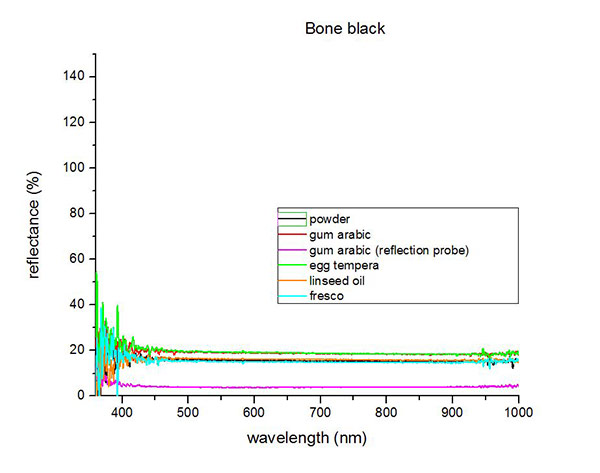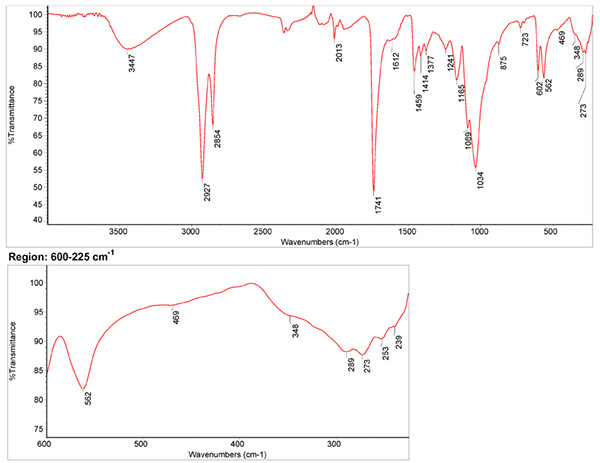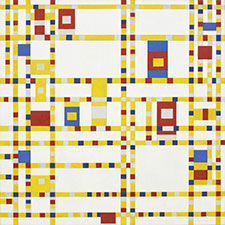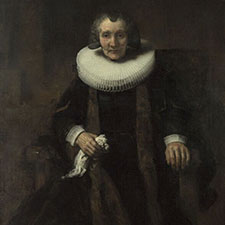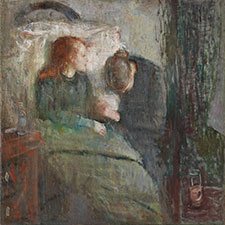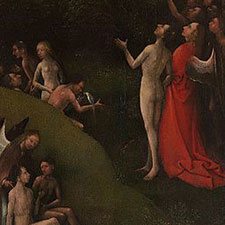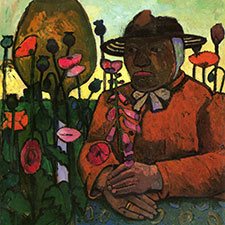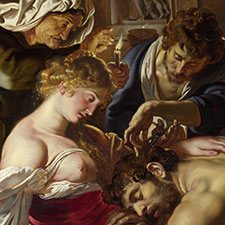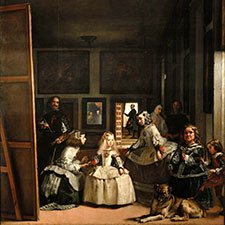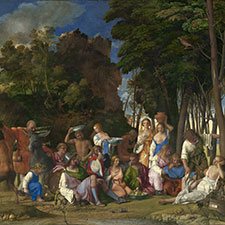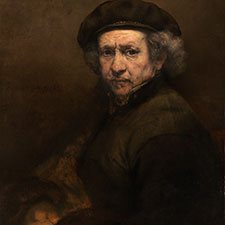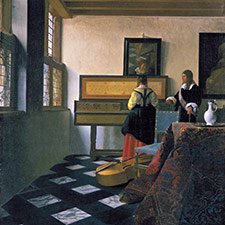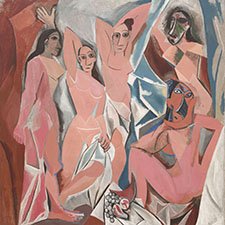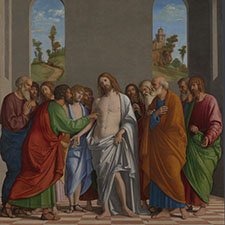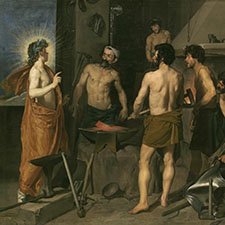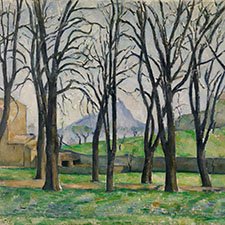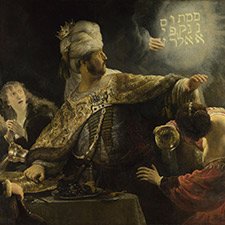Bone Black
Natural organic pigmentComposition and Properties of Bone Black
Bone black is a finely ground material obtained by carbonizing (charring) animal bones and containing around 10 to 20% carbon. The rest of the material consists of hydroxyapatite (basic calcium phosphate Ca5(OH)(PO4)3) and calcium sulfate.
The term bone black is sometimes used synonymously with ivory black which is a similar pigment made by charring ivory pieces. The modern ivory black is almost always actually bone black due to the scarcity of ivory.
The pigment is very stable as are all carbon blacks it is absolutely lightfast and is compatible with all other pigments.
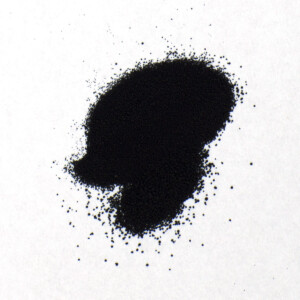
Pigment
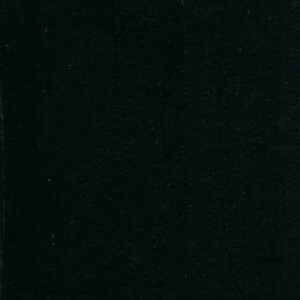
Painted swatch
Video: 'The Different Blacks' by CITY STATIONERY GROUP SAL
Names
Color Index
PBk 8, CI 77267
Word origin
Named after its source: bone black is prepared by charring animal bones.
Beinschwarz
German
Noir d’os
French
Nero d’ossa
Italian
Negro de huesos
Spanish
Preparation
Bone black can be prepared by charring animal bones.
Video: 'Making Handmade Watercolors Bone Black with Madison Woods' by WILD OZARK
History of Use
Bone black has been in use since prehistoric times. The following graph gives the frequency of its use in the paintings of the Schack Collection in the Bavarian State Art Collections in Munich (1).

References
(1) Kühn, H., Die Pigmente in den Gemälden der Schack-Galerie, in: Bayerische Staatsgemäldesammlungen (Ed.) Schack-Galerie (Gemäldekataloge Bd. II), München 1969.
Examples of use
Rembrandt, Portrait of Margaretha de Geer, about 1661
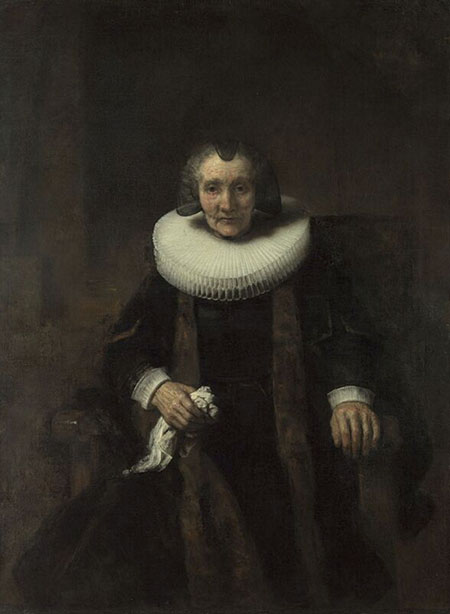
1 Dark greyish-green wall to the left: underpaint consisting of red, orange and yellow ochre mixed with bone black and a trace of lead white. The surface glaze contains smalt, red ochre and possibly yellow lake.
2 Deep shadow of the wall: same underpaint layer as in 1) above but the glaze consists now of bone black tinted with red lake and red ochre.
3 Deep brown shadows in the left edge: thick glaze containing smalt, carmine (cochineal) lake over an underpaint of bone black.
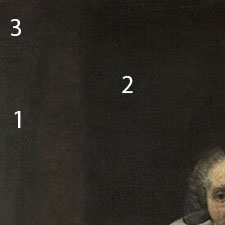
Johannes Vermeer, Girl with a Pearl Earring, 1665
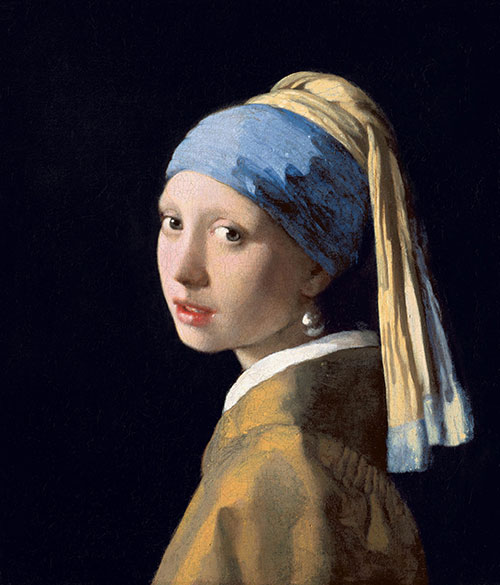
4 Dark background: a layer of bone black, another layer containing weld (luteolin), chalk, a little red ochre, and indigo.

Identification
Fiber optics reflectance spectra (FORS)
Spectra by A. Cosentino, Cultural Heritage Science Open Source (CHSOS)
IR Spectrum
Alessia Daveri, Marco Malagodi, Manuela Vagnini, The Bone Black Pigment Identification by Noninvasive, In Situ Infrared Reflection Spectroscopy, Journal of Analytical Methods in Chemistry 2018:1-8 (March 2018). DOI: 10.1155/2018/6595643
- IR Spectrum of bone black at Pigment Database of Inorganic Pigments (University of Tartu, Estonia)
- IR Spectrum of bone black mixed with linseed oil by S. Vahur, Database of ATR-IR spectra of materials related to paints and coatings, University of Tartu, Estonia
Raman spectrum
(1) Eugenia P. Tomasini, Emilia B. Halac, María Reinoso, Emiliano J. Di Liscia and Marta S. Maier, Micro-Raman spectroscopy of carbon-based black pigments, Journal of Raman Spectroscopy, Special Issue: Raman spectroscopy in art and archaeology, Volume 43, Issue 11, pp. 1671–1675, November 2012.
(2) Alessia Coccato, Jan Jehlicka, Luc Moens and Peter Vandenabeele, Raman spectroscopy for the investigation of carbon-based black pigments, Journal of Raman Spectroscopy, Special Issue: 11th International GeoRaman Conference, Volume 46, Issue 10, pages 1003–1015, October 2015. DOI: 10.1002/jrs.4715. Available as pdf.
X-Ray Fluorescence Spektrum (XRF)
XRF Spectrum in the Free XRF Spectroscopy Database of Pigments Checker, CHSOS website.
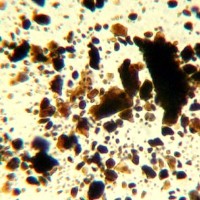
Microphotograph
image © Volker Emrath
Further Reading
References
Winter, J. and West FitzHugh, E., Pigments based on Carbon, in Berrie, B.H. Editor, Artists’ Pigments, A Handbook of Their History and Characteristics, Volume 4, pp. 1-37.
J. Winter, “The Characterization of Pigments Based on Carbon” Studies in Conservation, 28:49-66, 1983.
S. Muntwyler, J. Lipscher, HP. Schneider, Das Farbenbuch, 2nd. Ed., 2023, alataverlag Elsau, pp. 158-159.

